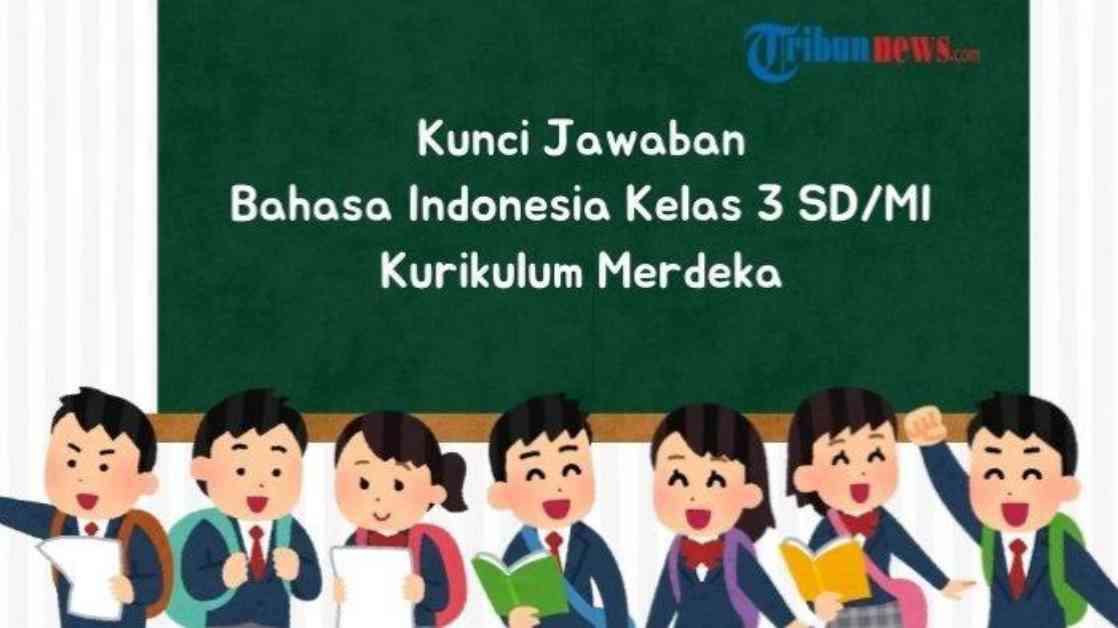Intriguing Insights into Grade 3 Indonesian Curriculum
If you’ve ever wondered about the key answers to the Grade 3 Indonesian curriculum, look no further than page 32 of the Merdeka Curriculum. Nestled within the pages of this textbook lies a series of exercises from Chapter 2, challenging students to tackle a variety of questions. But before diving into the answer key for Grade 3 Indonesian Curriculum Page 32, students are encouraged to first attempt the questions independently. This answer key serves as a guide for parents to assess and correct their children’s work, ensuring a well-rounded learning experience.
Unlocking the Answers: A Peek into Grade 3 Indonesian Curriculum
As parents and students prepare to delve into the world of Indonesian language studies, one question emerges: Which do you prefer, playing with friends or playing alone? This simple yet thought-provoking query opens the door to a discussion on the joys of companionship and shared experiences. For many students, the allure of playing with friends lies in the camaraderie and excitement of engaging in group activities like hide-and-seek or soccer. The social interaction and teamwork involved in such games add a layer of enjoyment that is hard to replicate when playing solo.
Another question posed to young learners is to name a friend from kindergarten or someone who lives nearby. This prompts children to reflect on their past friendships and connections within their community, fostering a sense of nostalgia and gratitude for the bonds they have formed. By encouraging students to recall specific names and experiences, educators aim to cultivate a deeper appreciation for the relationships that shape their social landscape.
Personal Perspectives: A Glimpse into Childhood Connections
Reflecting on my own childhood, I vividly recall the thrill of running around the playground with my friends, our laughter echoing through the air as we played tag or shared secrets under the shade of a tree. Those moments of shared joy and camaraderie remain etched in my memory, a testament to the enduring impact of childhood friendships. As I think back to the names of my kindergarten pals and neighbors, a wave of nostalgia washes over me, evoking a sense of warmth and belonging.
In the fast-paced world of education, it is easy to overlook the simple pleasures of friendship and community. Yet, as we guide our children through the intricacies of language and learning, let us not forget the importance of fostering connections and building relationships that transcend the confines of the classroom. By instilling in our students a love for teamwork and social engagement, we equip them with the tools they need to navigate the complexities of the world with empathy and understanding.
In conclusion, the answer key to Grade 3 Indonesian Curriculum Page 32 offers more than just solutions to academic exercises—it serves as a gateway to deeper discussions on friendship, community, and the value of human connections. As we embark on this educational journey with our children, let us remember the power of shared experiences and the bonds that tie us together in a tapestry of memories and moments. So, whether it’s playing with friends in the schoolyard or reminiscing about childhood companions, let us cherish the joy of togetherness and celebrate the magic of friendship in all its forms.














